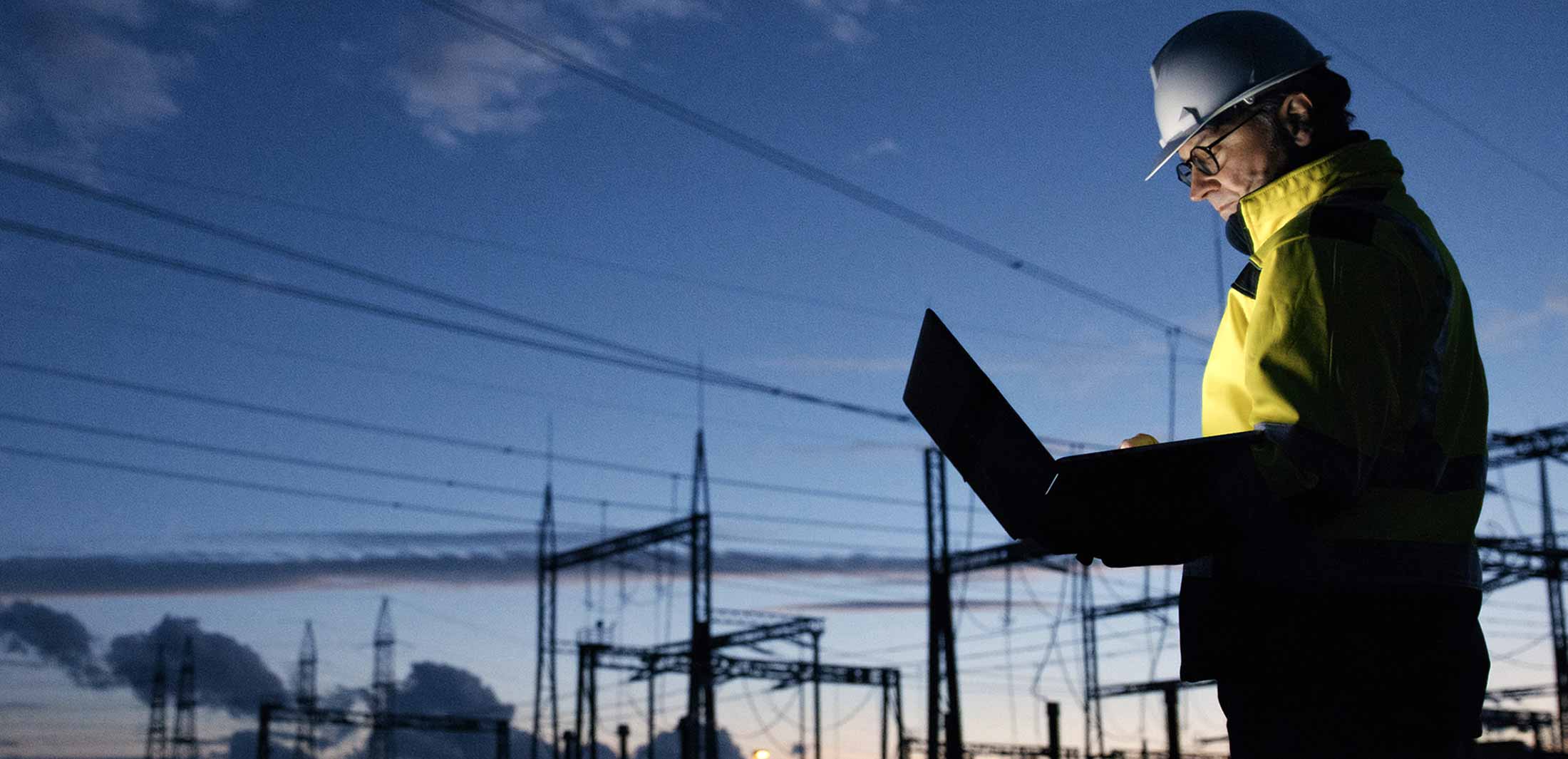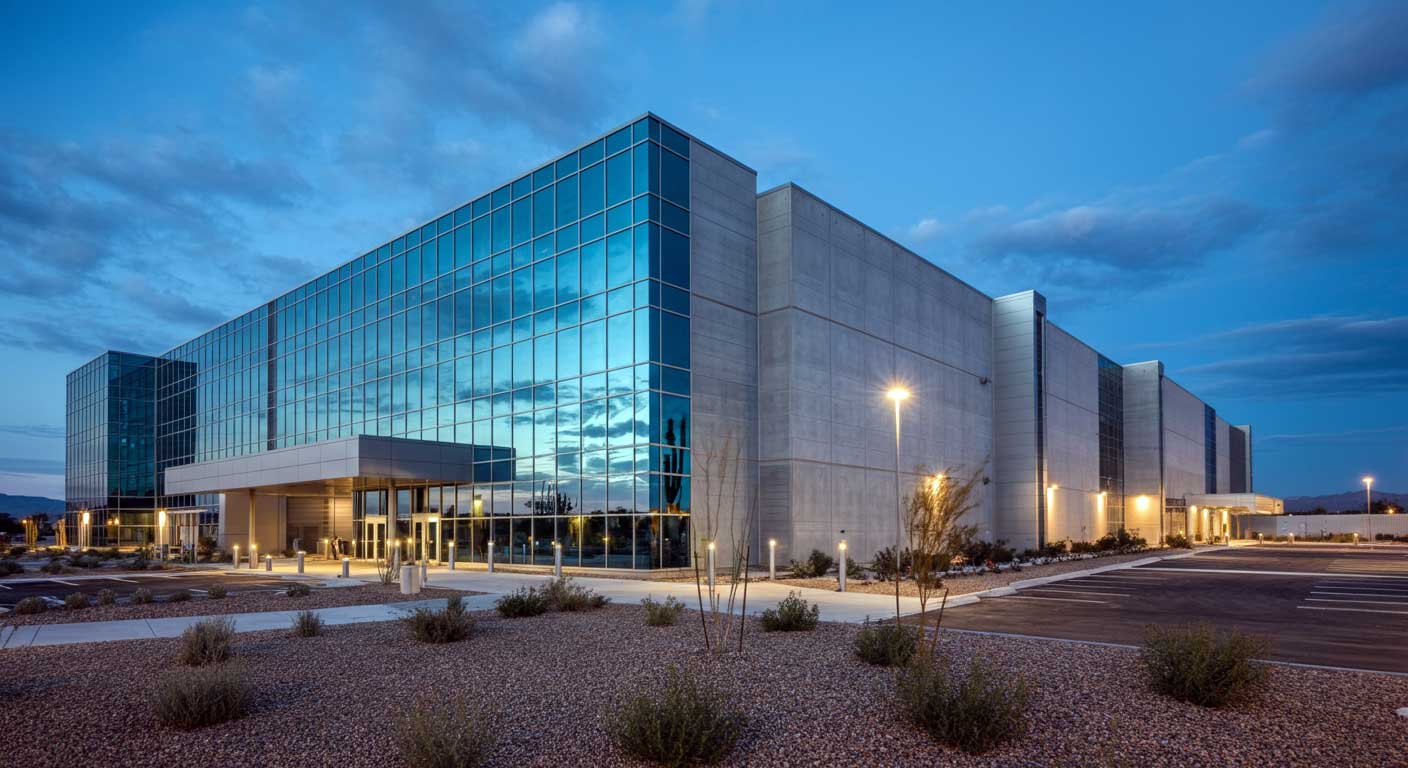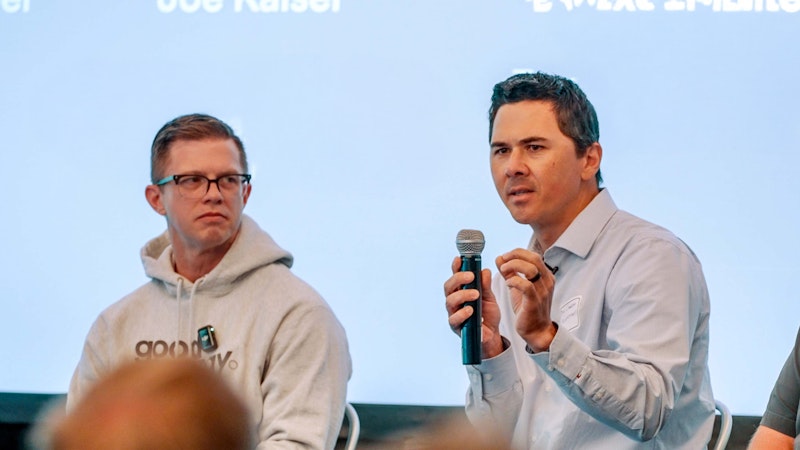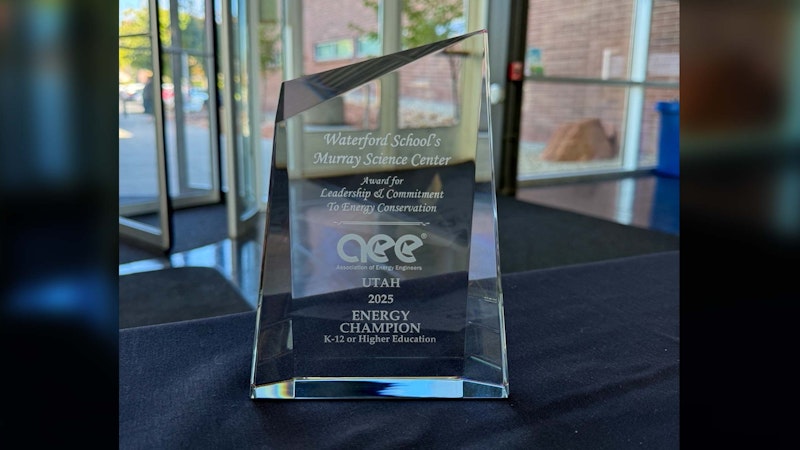Introduction
Let me start by saying this: the grid is truly amazing. In fact, it’s one of the greatest feats of modern engineering we’ve seen to date, and certainly one of the most impactful. What excites me most about decentralized energy generation and storage solutions is that they work with our current grid system.
Power demand is increasing rapidly. To meet it, we need to expand capacity. Decentralized energy does just that while alleviating several other challenges currently facing the grid.
Exponential Power Demand
In the past, I’ve discussed how data centers and AI are fueling a massive surge in electricity demand. However, those aren’t the only technologies in need of more power. Throw EVs and the electrification of homes and businesses into the mix, and we’re on track to double global energy demand by 2050. To offer some perspective, it’s estimated that the United States only increased overall grid capacity by roughly 11% over the last decade. Safe to say, we’ve got our work cut out for us.

What problems does our current grid face?
To determine whether or not our current grid model is up to the task, we need to understand how it works. In the simplest terms, the grid operates top-down. Large power plants produce electricity that is carried to substations via transmission lines. From there, distribution lines carry power to individual homes and businesses. In fact, the flow of power on the grid is very similar to our road system. Think of transmission lines as freeways and highways and distribution lines as city and residential streets. Typically, this method of distributing power works just fine. However, when demand skyrockets, we run into challenges:
- Power plants are our only source of electricity generation, and they take a long time to build. Because large-scale coal, natural gas, or renewable energy plants are subject to many permitting and regulatory requirements, they can’t be built quickly enough to meet the increase in demand we’re facing.
- Our sources of power production aren’t located near our points of power consumption. Power plants are typically located outside of city limits. This means that in order to meet demand, we also need to construct many more miles of transmission and distribution lines, which can face similar regulatory hurdles. In California, a state with ambitious electrification goals, new transmission lines often take anywhere from 6 to 10 years to construct.2
- Our grid experiences congestion. Essentially a traffic jam for electricity, congestion occurs when too much energy is trying to flow through a given line. In the same way that traffic occurs when a city’s population grows faster than its road system, increased supply without increased transmission can lead to bottlenecks across the grid.
For all of the reasons above, it’s highly unlikely that we’ll be able to expand the traditional grid fast enough to accommodate the impending surge in demand.
So what’s the alternative? Distributed energy storage and generation.

How does decentralized energy overcome these obstacles?
We envision a world where every commercial building is a mini power plant. Simply put, that means augmenting the grid with many smaller points of energy storage and generation rather than relying solely on traditional power plants and transmission lines. We’ve even developed a model where building owners and the grid benefit equally from installing a Torus system. Here’s an example of what that looks like in reality:
- Let’s say there’s a local manufacturing company with a warehouse near a substation that connects to a major transmission line. Under our “rent the roof” model, Torus becomes an extra tenant of that warehouse—we offer a lease payment to install solar panels and our hybrid battery storage system on unused roof space.
- The building owner receives additional rent and the grid (with the help of our energy management software) receives a sizable asset it can use to help balance demand.
- Next time there’s a surge in power usage from the surrounding commercial buildings, grid operators can pull from energy production and storage located just across the parking lot—rather than relying on a power plant many miles away—to meet demand. Crucially, this approach brings new energy sources online, but it also reduces the amount of power traveling down major transmission lines, thereby lowering congestion as well.
How does this approach apply to data centers?
The example I’ve outlined above doesn’t specifically address data centers, but that’s the beauty of this solution—it doesn’t have to. Ultimately, data centers, AI, and EVs all require that we greatly increase power supply and ensure that electricity can successfully flow across the grid. That’s exactly what mini power plants do:
- A 26 MWh commercial installation can be installed in roughly three months and equates to powering 1,000 homes for a full day with renewable energy.
- Approximately 20 medium-sized commercial installations produce as much electricity as a small power plant. These systems can be installed concurrently, meaning you can bring power-plant-sized amounts of energy online in months rather than years. There are also far fewer permitting obstacles by going this route.
- The more mini power plants you bring online, the more tools grid operators have to mitigate congestion. Let’s imagine a section of freeway that’s down to one lane because of construction. Without any detours, traffic is going to pile up. Torus systems are like detours for the grid. When congestion occurs, they can offtake and store excess energy, easing pressure on that transmission line. They can then slowly release that stored power back to the grid, ensuring it gets to where it’s needed.
But that’s not all…
The strategic approach we’ve taken at Torus indirectly helps meet the needs of data centers. But, we’ve also designed a product that can power them directly. It’s a scalable, reliable, smart, and secure approach to co-located energy storage and generation. That’s a story for next week, however. Stay tuned! More to come.
You May Also Like

Press Release
Torus Names Bill Comeau as Chief Utility Officer to Advance Utility Partnerships
With extensive experience across the energy sector, Comeau will lead Torus’ efforts to co-create new utility programs that enhance reliability and resilience.

In The News
Torus and Waterford School Honored by Utah Clean Energy for the Murray Science Center Project
Torus and Waterford School were recognized by Utah Clean Energy and the Utah Association of Energy Engineers (AEE) Utah Chapter for outstanding achievement in sustainable energy innovation.
